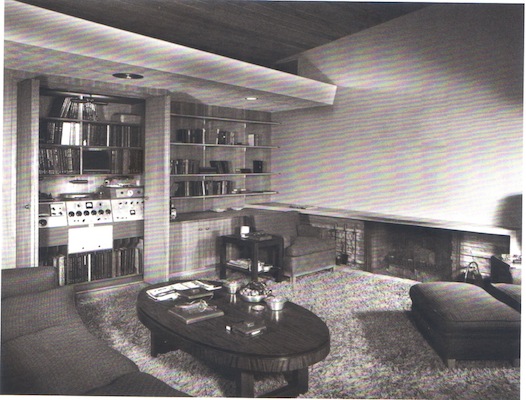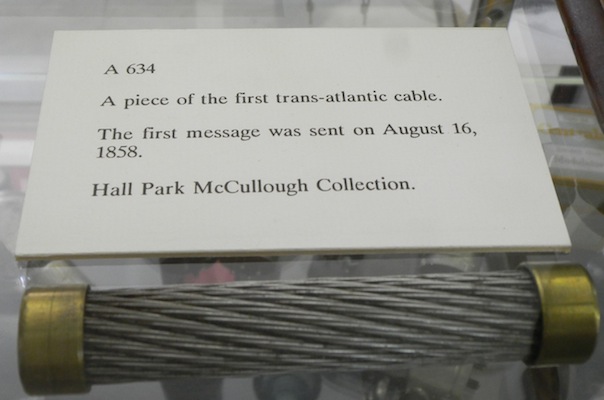
Category: Books-Art & Architecture
Frank Sinatra’s Hi-Fi, circa 1947
 Photographed in 1949 by Julius Shulman.
Photographed in 1949 by Julius Shulman.
Julius Shulman: Modernism Rediscovered (3 vols.)
Directed and Produced by Benedikt Taschen
Taschen, Cologne, 2016
Vol. 1: 336 pp.; 15.5 x 10.5 x 1.5 inches; 19 pounds total weight for set.
Frank Sinatra signed with Colombia Records in 1943. However, wartime rationing meant that only the so-called “V-Discs” (“Victory Discs”) that were recorded as morale boosters for service personnel overseas could be manufactured. Regular commercial recording resumed only after the end of the war. The Voice of Frank Sinatra, Sinatra’s first “album” of four 78rpm records, was released in March 1946, having been recorded in two sessions on July 30 (Hollywood) and December 7 (New York) 1945. The Voice of Frank Sinatra went to the top of the Billboard chart, and stayed at No. 1 for seven weeks.
Ironically enough, though, it was Sinatra’s contract with movie studio MGM that provided him his first million dollars, enabling him in 1947 to hire architect E. Stewart Williams. At first, Sinatra had wanted a Georgian mansion, complete with brick façade and white columns. But Williams was able to convince Sinatra that the Palm Springs location called for a different style. As you can see above, when originally built, the Sinatra House housed a state-of-the-art 78rpm hi-fi system. Continue Reading →
A Piece of the First Transatlantic Cable (1858)

My musically-astute friend and I found ourselves in mid-October enjoying the environs of Bennington, Vermont. An artistically-astute friend had some time before emailed me, urging me to see the Milton Avery exhibit going on at the Bennington Museum, and the timing worked out. (There’s an image of a wonderful Milton Avery painting after the jump.)
In addition to the Milton Avery exhibit (which just closed), the Bennington Museum permanently houses the largest Grandma Moses collection this side of Proxima Centauri (those clever aliens bought in big, when the market was really cheap). I must confess that my reaction to Grandma Moses always was, “OK, yeah;” but, seeing the paintings live, there’s really a lot more going on than a person might have gleaned from LIFE magazine, back in the day.
There was a vitrine holding artifacts from Grandma Moses’ painting workbench. I at first was puzzled by the glass jar of silver glitter, but it then dawned on me that she must have used the glitter to make her snowscapes sparkle; and, sure enough, the proof was hanging on the walls. The Bennington Museum asks visitors to refrain from photographing the Moses pictures, in that the Museum sells books and postcards. I imagine those constitute major sources of revenue, and so of course I complied.
However, there was no ukase prohibiting (non-flash) photography elsewhere; and so, when I was brought up short by seeing, in a vitrine in the hall dedicated to material culture and technology, an item the claimed to be a piece of the first transatlantic telegraph cable, I snapped the photo you see above.
History of technology lesson and philosophical musings, after the jump.
NB, the first transatlantic messages were exchanged more than two years before Abraham Lincoln took office! Continue Reading →


